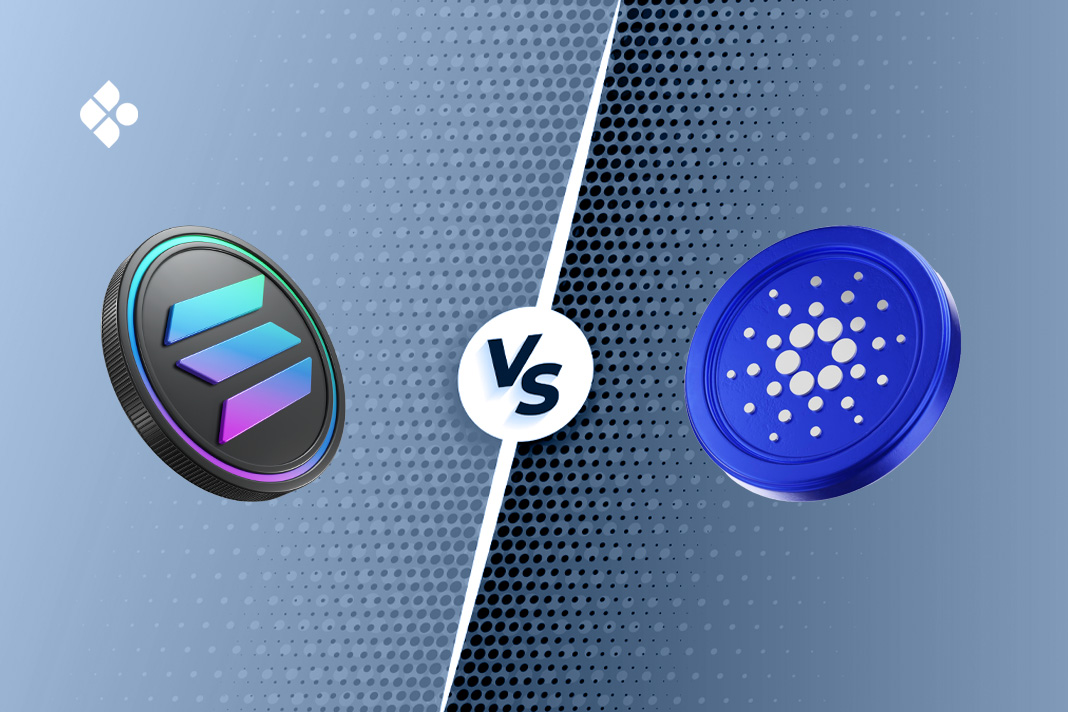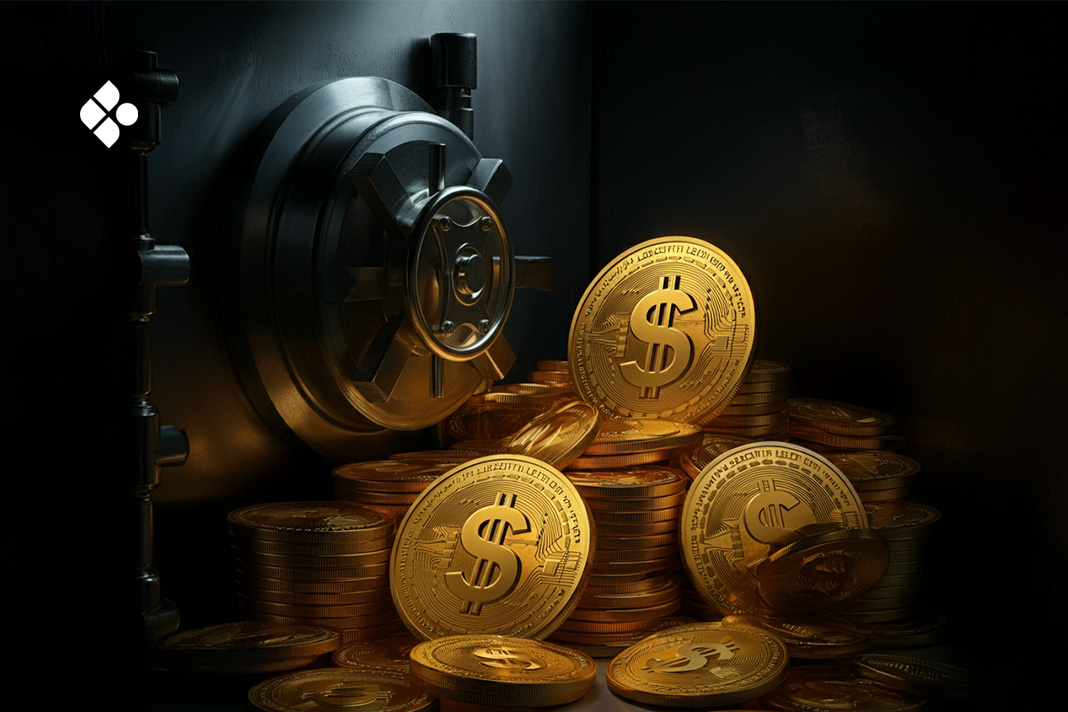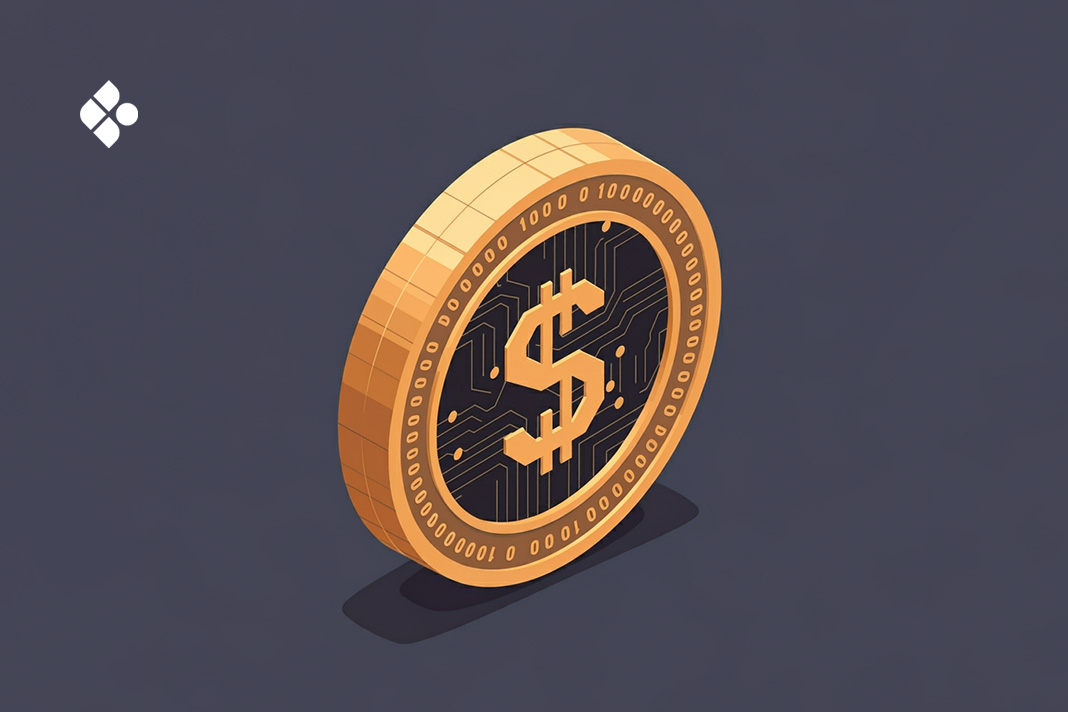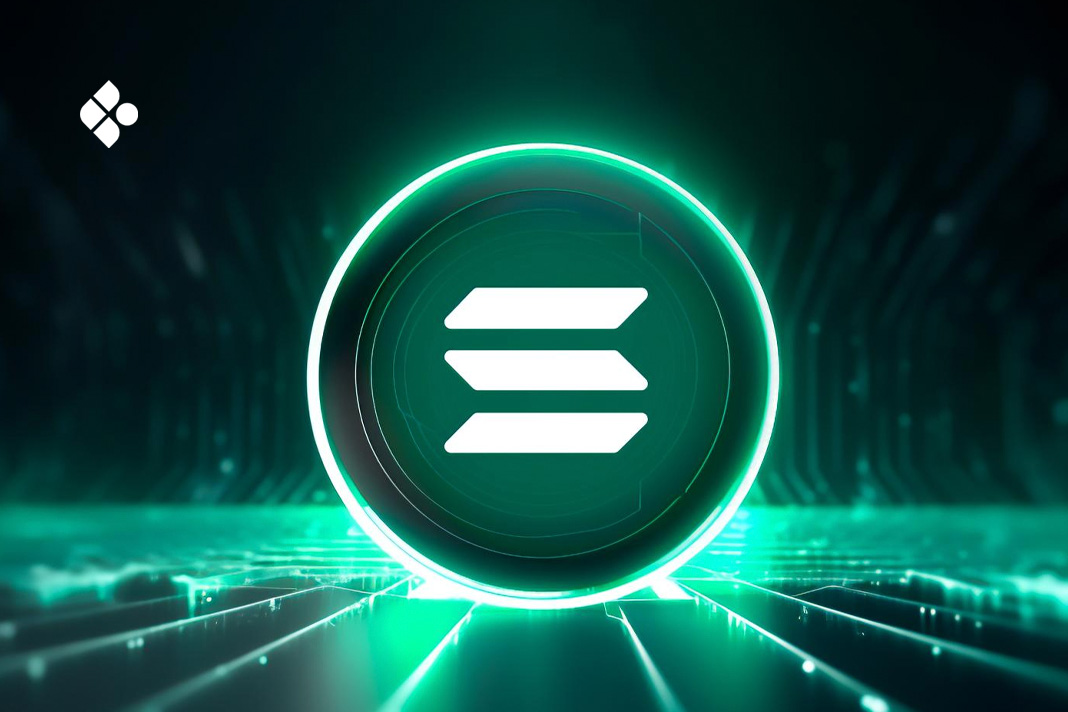With over $25 billion in circulation and powering billions in daily transactions, USDC has become a cornerstone of DeFi. Let’s explore why this stablecoin has become so crucial.
In the DeFi world, many cryptocurrencies are traded and thousands of transactions are carried out within minutes. USDC, a stablecoin, is one of such, with special use cases in DeFi. This piece focuses on six USDC use cases in decentralised finance and some of the market features that make it unique and usable in DeFi.
What is USDC?
USDC identifies as a stablecoin. They maintain a ratio of 1:1 for being pegged to the US dollar. This means 1 USDC is equal to 1 dollar. This helps it to remain stable just like other stablecoins. It is also not affected by volatility, making it an excellent transaction tool in the crypto world. Traders and investors alike prefer it because of its stability.
Note that USDC is different from USDT. When it comes down to USDC vs USDT for DeFi trading, traders prefer the former because of regular auditing and its transparent reserves.
Overview of DeFi
Decentralized finance is an innovation that uses blockchain technology to eliminate issues users face in traditional finance. It solves this by bringing financial solutions like borrowing, trading, lending, and many others.
One great feature is that users have control of their funds, as well as ease of access. The security is top notch and the experience in general draws users to it. USDC plays a pivotal role by serving as a stable instrument for transactions on decentralized platforms.
Let us now consider six use cases for USDC in decentralized finance.
Use-Case 1: Liquidity Provision
USDC can be used to provide liquidity for many DeFi protocols. Liquidity is important for DeFi protocols and platforms to facilitate transactions. Many of these platforms allow users to farm rewards on their platforms in exchange for adding to their liquidity pool via staking.
Users can also get their rewards paid in USDC, but this is dependent on the DeFi platforms they use. Best USDC lending platforms like Aave, Compound, and Curve offer great options for liquidity provision and earning yields.
When adding liquidity to a pool, you usually have to deposit two assets. In an ETH/USDC pool, for example, you would need to add both ETH and USDC in equal value. Before providing liquidity, it’s important to check the platform’s fees, understand the risk of impermanent loss (temporary loss due to price changes), and see what rewards you can earn. This helps you make the best decision and maximize your returns.
Use-Case 2: Lending and Borrowing

Lending and borrowing are some of the most prominent features of many decentralised protocols or platforms. Users can lend their USDC assets to borrowers for some time in exchange for interest rewards at the end of the period.
While trading represents a fundamental use case, USDC’s utility extends into the lending space, where it serves as trusted collateral. Users can also borrow USDC on many decentralised platforms by submitting some of their other crypto assets as collateral.
Both borrowing and lending in DeFi look similar to loans issued by commercial banks, but DeFi eliminates the interference of third parties and ensures a faster transaction.
Use-Case 3: Payments and Remittances
USDC is used across several DeFi platforms to process payments. The stability of its price and the elimination of third parties in transactions make it more convenient to use for payments than the traditional banking system.
USDC operates on multiple blockchains including Ethereum, Solana, and Polygon, with varying transaction fees. For example, sending USDC on Polygon typically costs less than $0.1, while Ethereum transactions might range from $2-20, or even more, depending on network congestion.
Use-Case 4: Yield Farming
Many DeFi platforms allow users to stake USDC and earn rewards after a period. Since the price of USDC is stable, users can know the exact reward they will get after the staking or farming period, and DeFi platforms usually have a set percentage of rewards corresponding to a period of staking.
As of February 2025, platforms like Aave offer ~3-4% APY on USDC deposits, while more complex strategies involving liquidity provision can yield 10-15% or more, depending on risk appetite.
Use-Case 5: Decentralized Exchanges (DEXs)
USDC can facilitate swaps and exchanges on DeFi platforms. Due to its price stability, it is often paired with other coins for trading, such as SOL/USDC.
Use-Case 6: Collateral in DeFi Protocols
USDC is useful as collateral in many DeFi protocols. Due to its stable price, it helps in loan security and other financial activities in the DeFi space. This helps reduce liquidations and provides a strong background for DeFi applications.
Risks and Security Considerations
Although USDC is a stablecoin with less volatility, it still has its risks when using it in DeFi.
Here are a few ways to protect your funds:
- Smart Contract Risks: DeFi platforms run on smart contracts, which can sometimes have bugs. Even the most popular protocols aren’t immune. To protect yourself, stick with well-known platforms that get regular security audits.
- Platform Security: Not every DeFi app is built the same. Some platforms invest heavily in security, while others cut corners. Before depositing your USDC, check if the platform has been around for a while, has a solid reputation, and offers some form of insurance.
- Regulatory Risks: Because USDC is regulated, your money can be frozen in case of suspicious activity. Though this only happens to blacklisted wallets, it is good to keep this in mind.
- Liquidity Risks: USDC itself is highly liquid, but the platform you’re using might not be. If a DeFi app doesn’t have enough liquidity, it can delay withdrawals, especially during market volatility.
- Yield-Related Risks: If a platform promises sky-high yields, ask yourself why. It’s often a sign the protocol is less stable or relies on riskier strategies.
- Phishing and Scams: Scammers are everywhere in crypto. Always double-check URLs, never share your wallet’s seed phrase, and consider using a hardware wallet for extra protection.
Frequently Asked Questions (FAQs) About USDC’s Role in DeFi
1. Is USDC safe for DeFi lending?
Yes, USDC is safe for DeFi lending because it is backed by US Treasury bonds. However, this balls down to the platform you decide to use.
2. What are the risks of using USDC in yield farming?
While USDC itself is stable, yield farming carries risks like smart contract bugs, platform hacks, and impermanent loss. Always research the protocol and consider spreading your funds across multiple platforms to reduce risk.
3. How to earn interest with USDC?
You can earn interest by lending USDC on popular DeFi platforms like Aave or Compound. Simply deposit your USDC into the protocol, and you’ll start earning yield based on the platform’s current interest rates.
4. How does USDC differ from other stablecoins?
USDC is backed up by dollar reserves that are audited regularly, ensuring its safety.
5. Can I use USDC for everyday transactions?
Yes, since USDC is a stablecoin and has value 1:1 to the US dollar, it can be spent in place of the dollar for whoever is willing to accept it.
Conclusion
USDC plays many roles in decentralized finance. From liquidity provision to payments and remittances to collateralisation, USDC is instrumental in the growth of DeFi.
As DeFi continues to grow, the relevance of USDC is likely to increase. A perfect understanding of the capabilities of USDC can give room for users to leverage its many use cases and be profitable with it in the DeFi ecosystem.
Conclusion
USDC plays many roles in decentralized finance. From liquidity provision to payments and remittances to collateralisation, USDC is instrumental in the growth of DeFi.
As DeFi continues to grow, the relevance of USDC is likely to increase. A perfect understanding of the capabilities of USDC can give room for users to leverage its many use cases and be profitable with it in the DeFi ecosystem.







